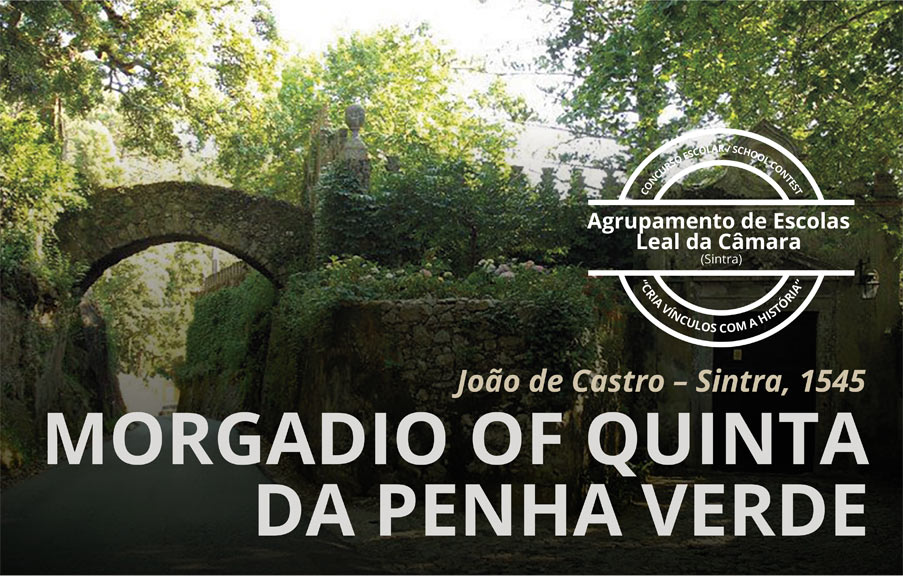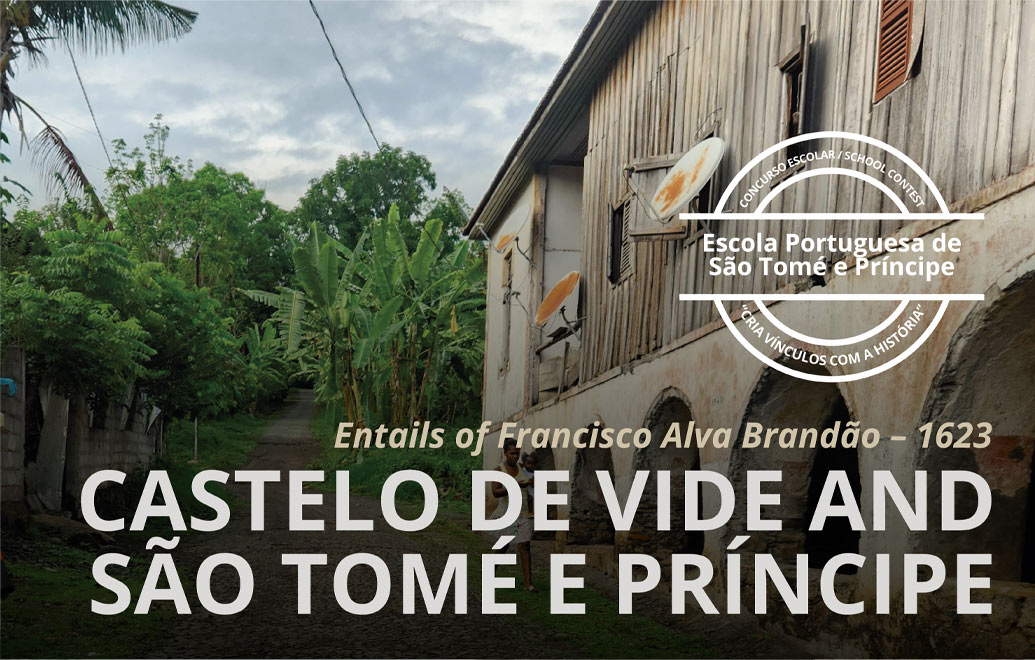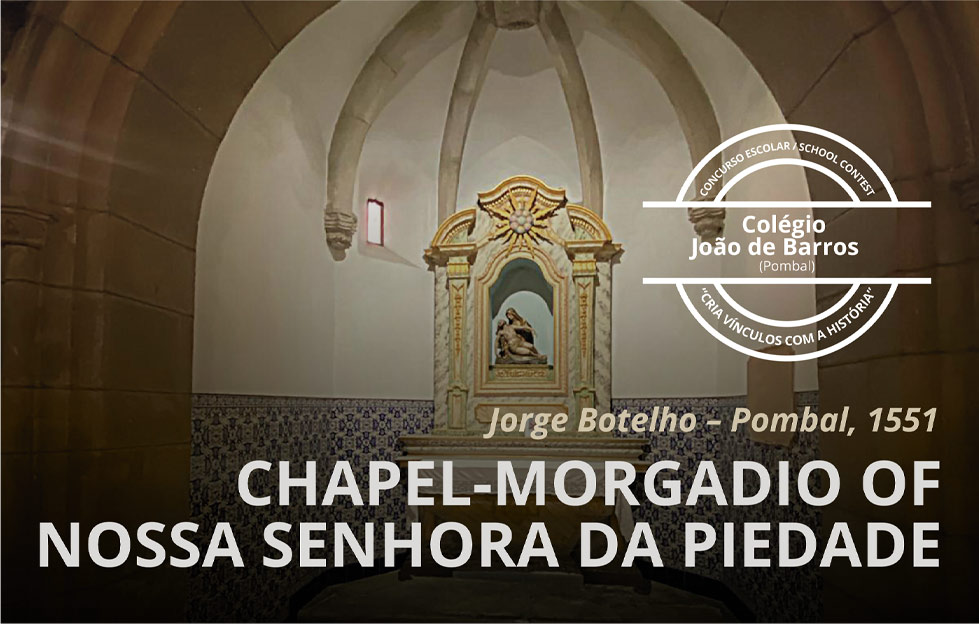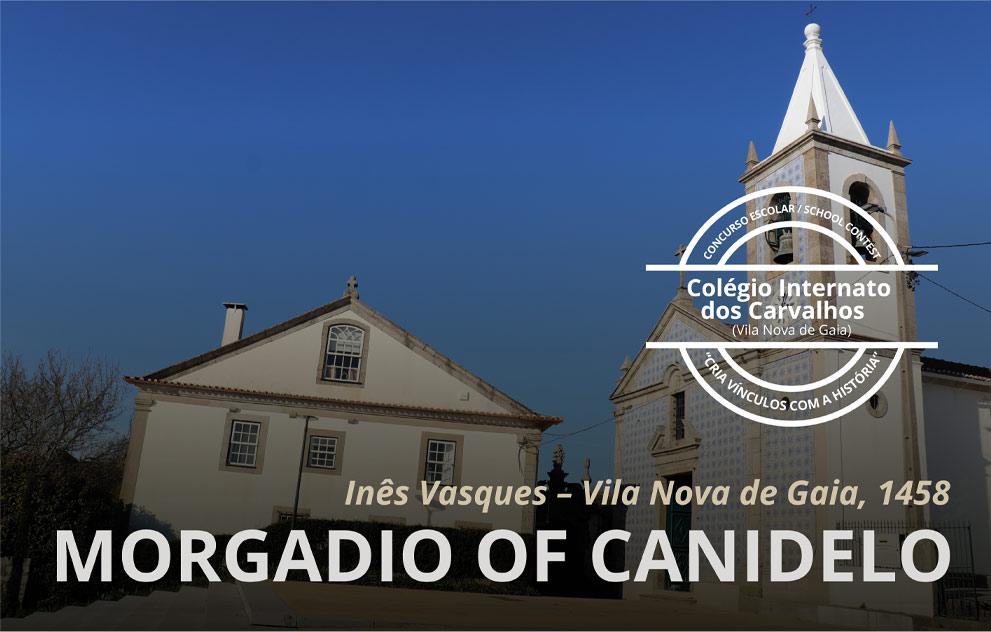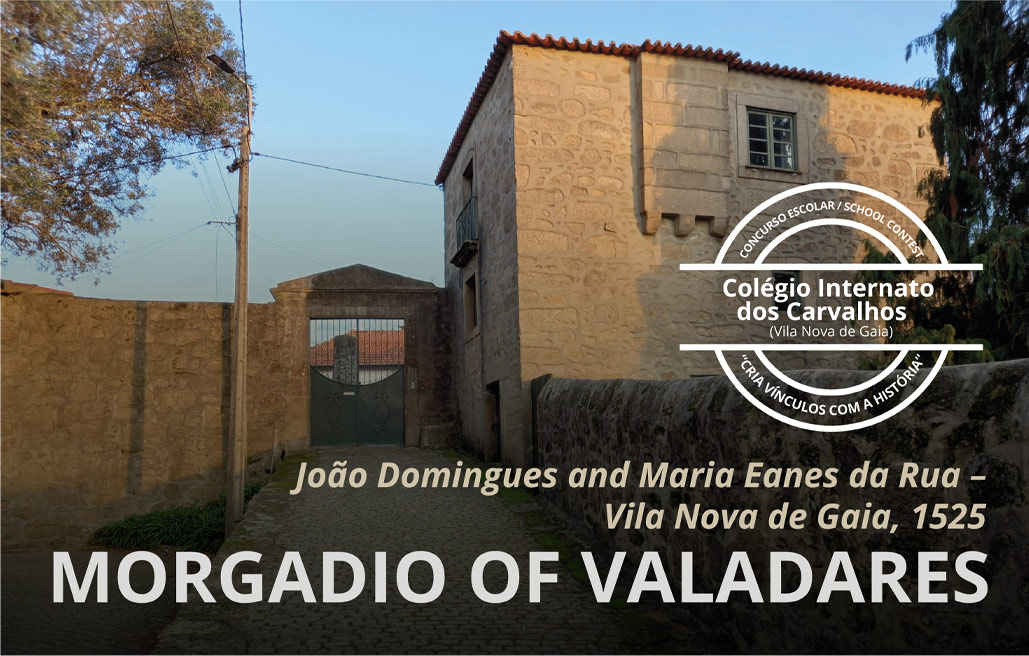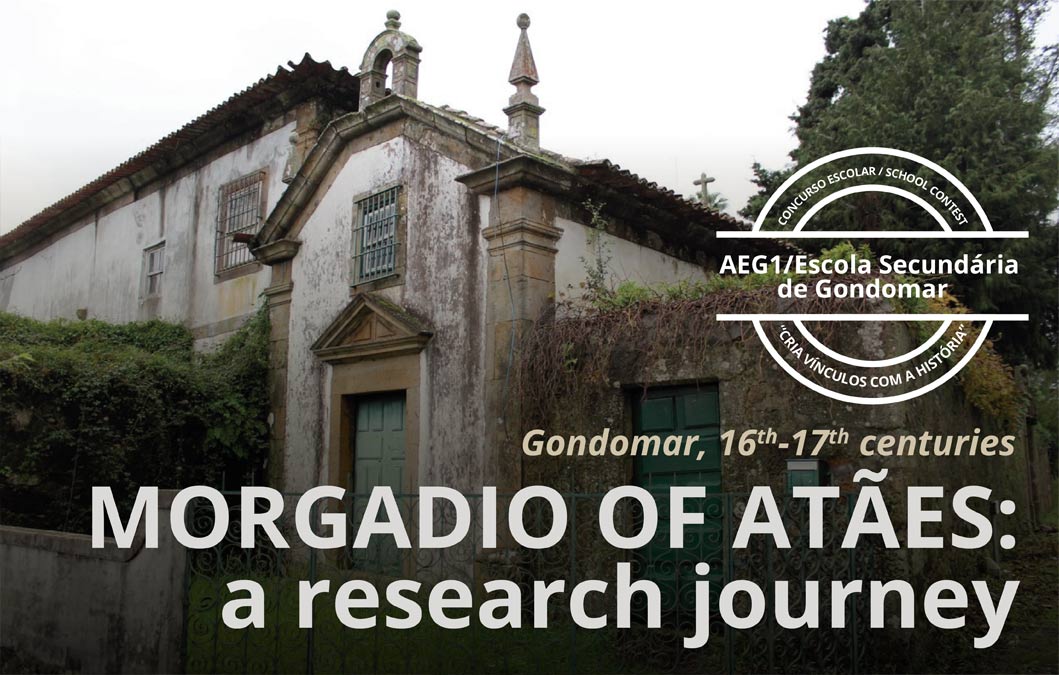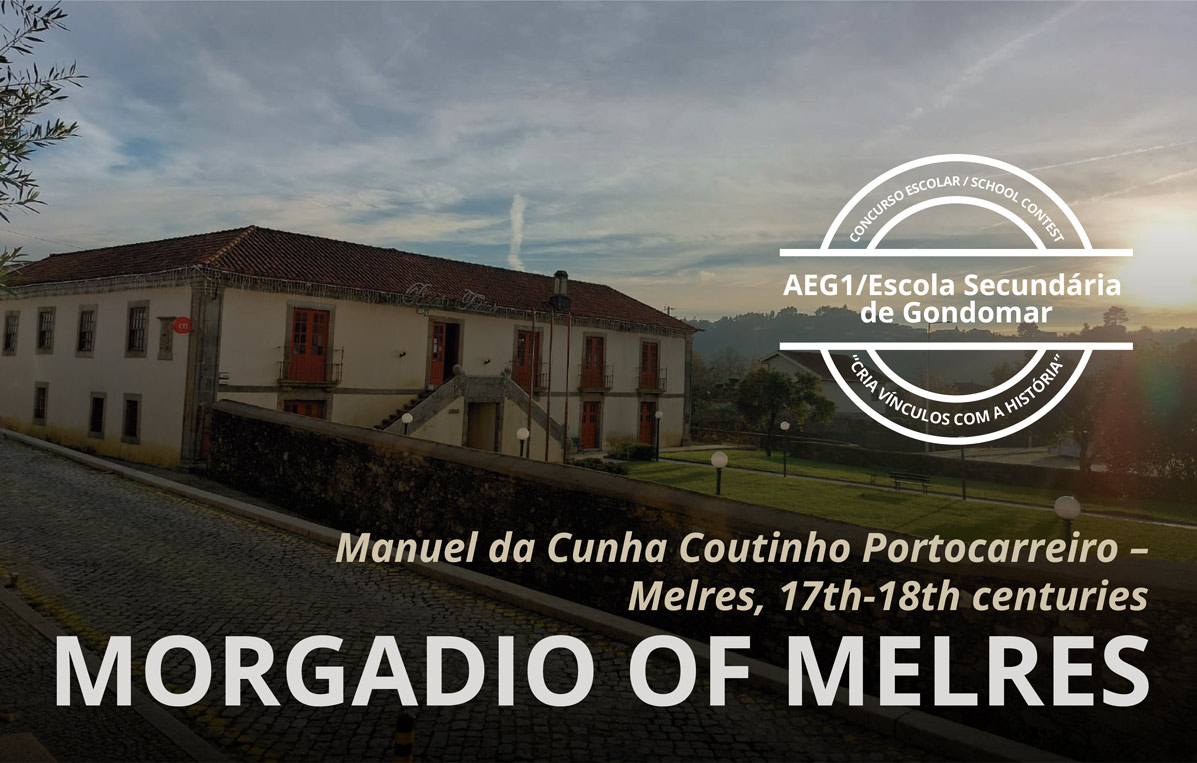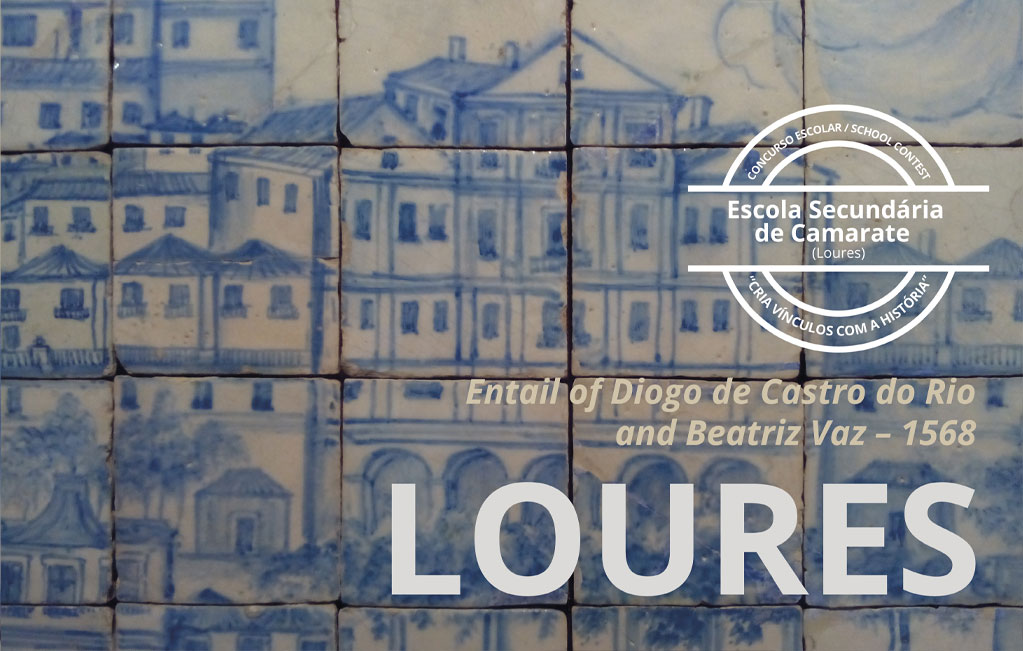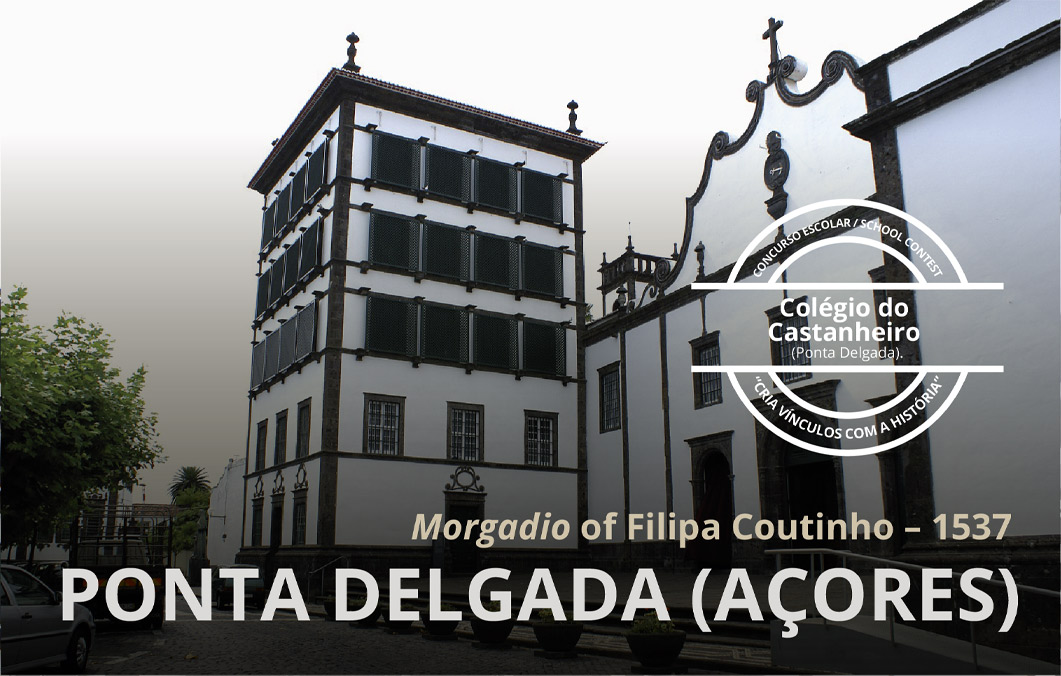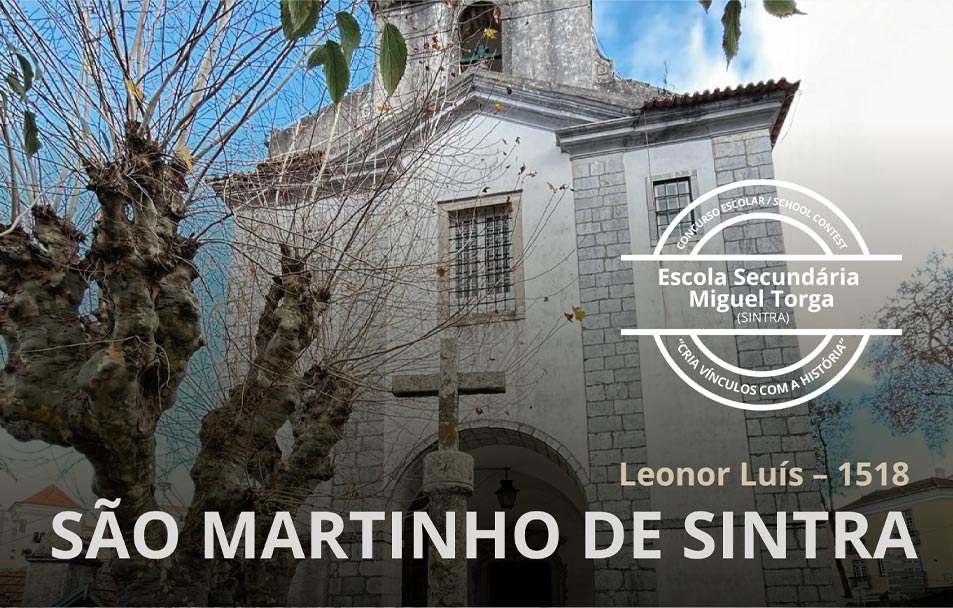Entail of the month (October, 2022)
Morgadio of Pêro Viseu
Luís Machado Freire, Pêro Viseu (Fundão), 1696
On 24 November 1696, in Pêro Viseu (outskirts of Covilhã), the notary Manuel da Costa de Andrade went to the house of the local prior, Luís Machado Freire, to approve his will, drawn up shortly before in his own “hand and handwriting”. As death approached, the prior was compelled to write his last will and testament, determining what was to become of his patrimony, so that it remained in the family and not be dispersed among heirs who did not descend from his father, Manuel Machado (ANTT, Morgados e Capelas, Registos Vinculares, Castelo Branco, processo 27, fls. 120-135v).
Portrait preserved by the descendants, who identify the character portrayed as Luís Machado Freire, founder of the morgadio of Pêro Viseu.
In a meticulously drafted document, which shows the mentality of seventeenth-century Portuguese society, Luís Machado Freire instituted two morgadios with the remainder of his estate. Two of the entails went to his sisters, Maria Machada and Isabel Machada da Cunha. But the two morgadios were not destined to remain separate. It was the testator’s aim that his nephews, Diogo Dias Machado (Isabel Machada da Cunha’s son) and Maria Machada (Maria Machada’s daughter), would marry. Thus, the entails would be reunited.
Luís Machado Freire left nothing to chance and described in detail each of the clauses that the future administrators of the entail(s) were required to comply with. The rules of succession are in fact very similar to those of other morgadios instituted throughout the medieval and modern eras (ROSA, 1995). After naming the first administrators of each of the entails and before excluding some of his closest relatives, the testator determined that preferentially the oldest son should succeed. All the successors were to have masses celebrated for the founder’s soul and the souls of his parents and deceased brother, José Machado, in the chapel that he ordered to be built. Additionally, they could not commit crimes of lese-majesty, under penalty of forfeiting the administration of the entail. Besides, the founder’s successors had to use the surname Machado, so that “there would be the memory and remembrance of the said family, and the procreation” of his father (ANTT, Morgados e Capelas, Registos Vinculares, Castelo Branco, processo 27, fls. 128v-129). However, this clause was not always fulfilled, although the family often chose to use the same names and surnames over time (ESTEVES, 2004, p. 202-205).
House of Machados, Chãos.
But the cultural and intellectual level of Luís Machado Freire is what impresses us most. The testator ordered 1,000 réis to be set aside each year from the earnings of the entail for its owners to buy books, for the creation of a library in the morgadio with “all the books that there may be in this kingdom of Portugal”. There should be a book inventory, whose care would depend on the administrators, who were subject to penalties if any copy were lost or damaged (ANTT, Morgados e Capelas, Registos Vinculares, Castelo Branco, processo 27, fl. 125). Likewise, Luís Machado Freire set aside 500 réis yearly to buy offensive and defensive weapons (swords, arquebuses, muskets, rifles, pikes, taffeta gambesons, knitted skirts, etc.), of which an inventory would also be made.
The founder’s concern with the conservation and memory of what belonged to him is seen throughout the document. It is particularly evident in a rare description of a morgadio’s archive, one of very few to be found in modern documentation. The testator had a chest made where to store his will and the book where all his properties would be described, as well as the remaining deeds and notes, of which an inventory would also be made (ANTT, Morgados e Capelas, Registos Vinculares, Castelo Branco, processo 27, fl. 129). So that nothing would be lost, he had another chest made, where a copy of the will and other documentation would be kept in the office of the Confraternity of the Souls (Confraria das Almas) in Pêro Viseu.
Chapel of São Romão, Pêro Viseu.
The date of Luís Machado Freire’s death is unknown, but we do know that his last will was carried out. As he wished, his nephews, Diogo Dias Machado and Maria Machada, got married and produced children (ESTEVES, 2004, p. 194). The oldest, Diogo Dias Machado Preto, became the administrator of this morgadio and another, established in 1725 by his maternal uncle, Luís Machado Freire – the namesake of his uncle and his successor as the prior of Pêro Viseu. The entail then became known as the morgadio of Pêro Viseu and Chãos.
Already in the nineteenth century, through the marriage of the administrator Isabel Osório de Macedo to Jerónimo Trigueiros de Aragão, viscount of Outeiro and count of Idanha-a-Nova, the patrimony in this entail was incorporated into the house of this family. It ended up being dispersed as a result of the extinction of the entails in Portugal in 1863 (ESTEVES, 2004, p. 205). But its memory was not extinguished and is present today in the various buildings constructed by the descendants of the sisters of Luís Machado Freire in the places of Pêro Viseu and Chãos, including the chapel of the morgadio, first dedicated to Saint Francis Xavier, as determined by the founder, and later to São Romão (Saint Romanus) (TRIGUEIROS, 2018).
Ana Rita Rocha
Acknowledgments: Diogo Trigueiros de Aragão e João Trigueiros
Coordination: Rita Sampaio da Nóvoa
Sources and bibliography
ANTT, Morgados e Capelas, Registos Vinculares, Castelo Branco, processo 27.
ESTEVES, Judite Maria Nunes, “Práticas de construção e reprodução de poder no Portugal rural do século XVII ao século XIX. O caso do morgadio de Peroviseu e Chãos (Fundão)”, Trabalhos de Antropologia e Etnologia, vol. 44 (1-2), 2004, pp. 187-208. Available at: https://ojs.letras.up.pt/index.php/tae/article/view/9845/9033 [accessed on 30 September 2022].
ROSA, Maria de Lurdes, O Morgadio em Portugal (sécs. XIV-XV), Lisbon, Editorial Estampa, 1995.
TRIGUEIROS, João, “Morgado de Peroviseu e Chãos, concelho do Fundão, séc. XVII”, EBVROBRIGA, vol. 9, 2018, pp. 101-110. Available at: https://familiatrigueiros.blogspot.com/2018/07/morgado-de-peroviseu-e-chaos-concelho.html [accessed on 30 September 2022].
Other entails of the month



